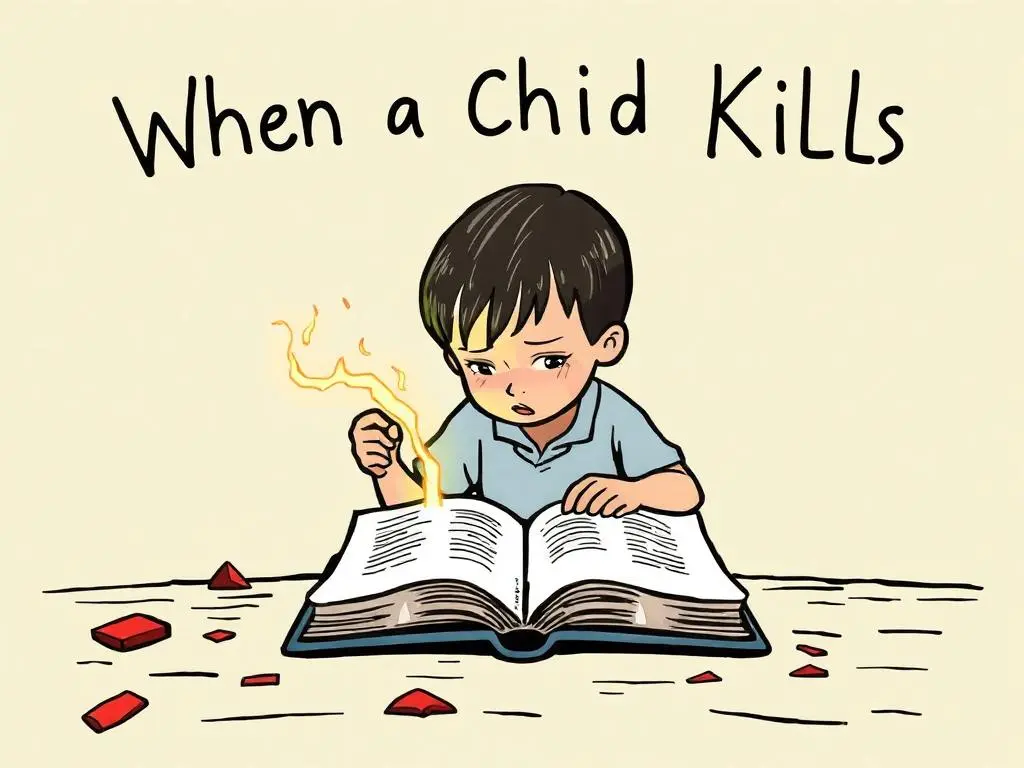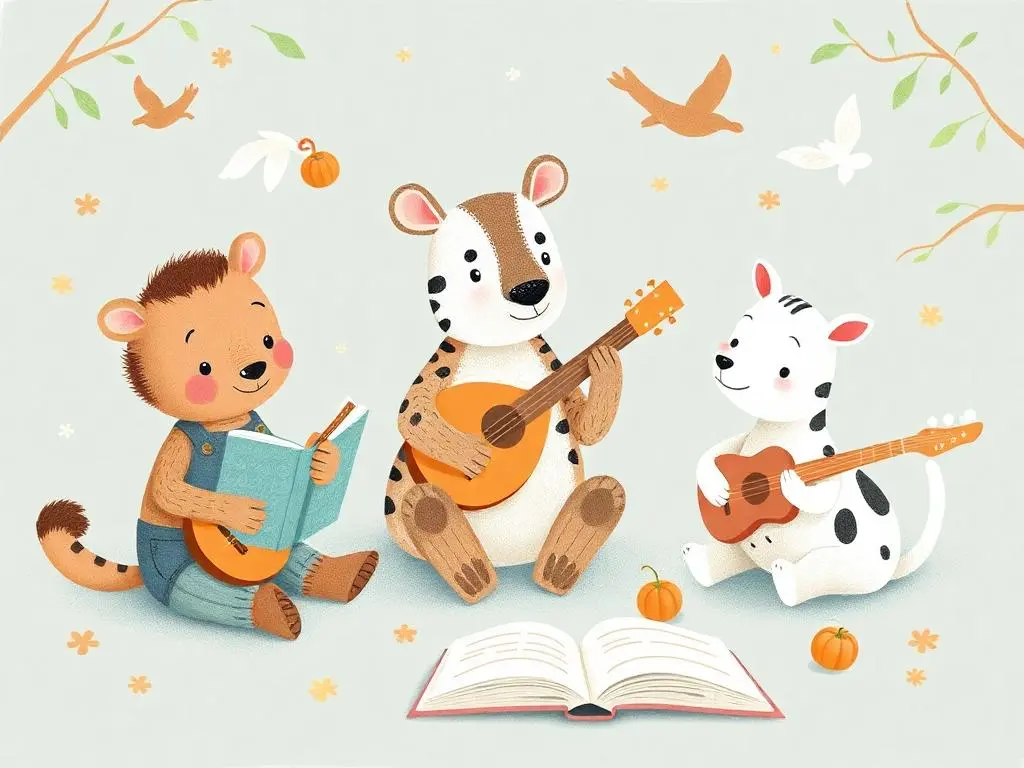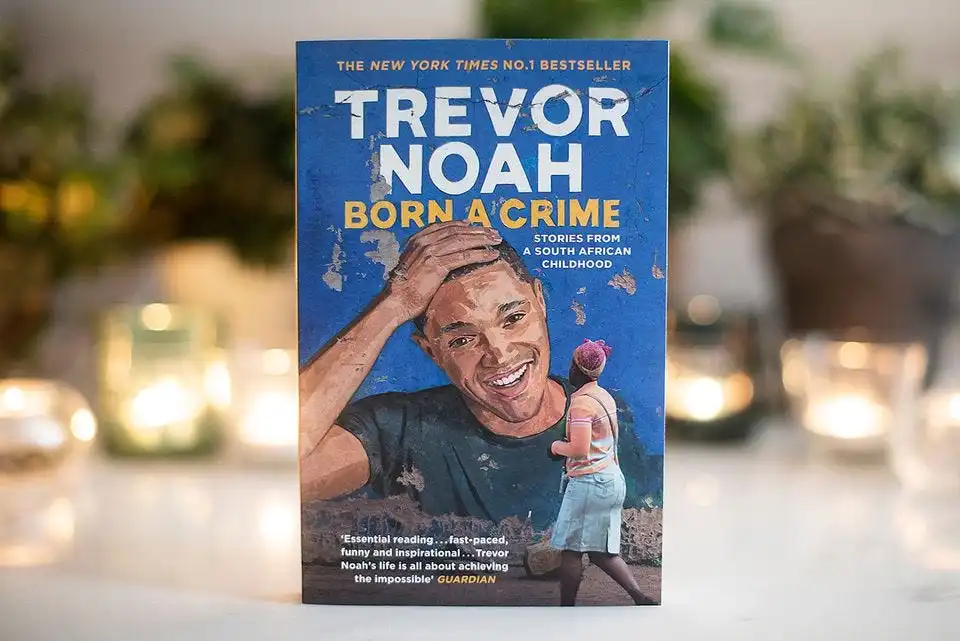A New Book From the Creator of Wonder Tells a Holocaust Story

What kind of literature do we owe our young readers? Should it aspire to artfulness, or is that a luxury when there are American educators who don’t believe the Holocaust happened?
The question persisted as I read the graphic novel WHITE BIRD (Knopf, 220 pp., $24.99; ages 10 and up), the latest entry in R. J. Palacio’s enormously successful “Wonder” series, which began as the story of an uncommon boy named Auggie. In “Wonder,” a boy named Julian bullied Auggie. In the best literary tradition, Palacio decided the villain needed as much nuance as the hero. “The Julian Chapter” followed. With “White Bird,” Julian gets a longer back story.
That story — illustrated by Palacio herself, in a style at once expressive and chaste, an elusive but ideal combination — belongs less to him than to his grandmother, who survived World War II by hiding in the barn of a kind gentile family in rural France after Nazis deported the town’s Jewish children. (There, she forms a bond with another uncommon boy, a polio victim named Julien.)
The adult reader feels grateful that Palacio has chosen to draw her massive audience’s attention to a subject under attack from both time and denial. But I was less sure what someone in the intended age group — 8 to 12 — would make of the book.
In an author’s note, Palacio writes that she was inspired by “The Diary of Anne Frank,” “not just as a writer, but as a person.” That “as a person” feels bold and invaluable — Palacio is not Jewish, but we all have this important book — but “as a writer” less so. The diary draws so much of its power from being told from a girl’s perspective, without the adult rationalism that can clarify fact but impoverish imagination.
That’s harder to do for an adult writer, but it’s possible. Precisely the reason that, for example, “Mukiwa: A White Boy in Africa,” Peter Godwin’s great memoir of growing up in then-Rhodesia, is so transporting is that, as he writes, “I have tried not to be wise after the event but to describe things as they seemed at the time.”
“Wonder,” in fact, bristled with the exquisite idiosyncrasy of a child’s perspective — the detailed reporting on which friends live where and who’s been to whose birthday, the farting nurse! — and reminded us that it’s the “unnecessary” details that often make a story feel lived-in. And though his voice wasn’t as singular, Julian in “The Julian Chapter” was often persuasively rougher and self-congratulating than sweet Auggie.
In “White Bird,” however, Grandmère — or the author — constantly intrudes into the story that Sara, Grandmère’s girlhood self, is trying to tell, explaining what it all supposedly meant instead of rendering it in its terror and shock. “There began a very systemized campaign of anti-Jewish propaganda” that “sought to dehumanize us, turn us into hideous stereotypes,” she tells Julian.
Aside from the fact that such explanatory writing blocks the imagination, do 10-year-olds know what a “systemized campaign” is? How dehumanization and “hideous stereotypes” work together? I imagine young Sara herself would have described it more simply and chillingly. When we read “For a little while, we could be children again,” we hear an adult consciousness working, and the story we get is of a grandmother in 2019, not a girl in 1941.
Similarly, the second chapter begins with the announcement that “France surrendered to Germany in June 1940.” But why? (Our only hint is the news that “the world was changing,” another adultism.) A child might well wonder: What is “the Vichy government”? The difference between “internment” and “concentration camps”? A “maquisard”? A glossary supplies some answers, but that’s not where they belong. This narrative is not even clarifying of fact.
“White Bird” is otherwise full of neat coincidences, grown-up clichés, sentimentality and stock portraiture. However, the story does end on the “right” note with Julian inspired to engage in social activism of his own. Should that be enough?




